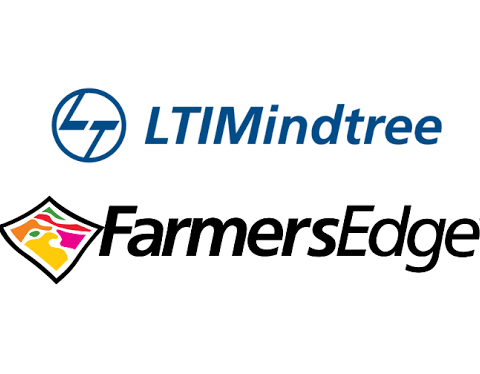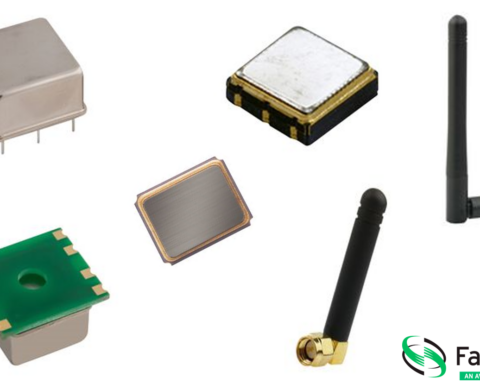The below article is originally written by Neelesh Kripalani, Sr. VP & Head – Center of Excellence, Clover Infotech
Over the years, insurance providers have invested significantly in new-age technologies such as Big Data, IoT, AI, chatbots, etc. It is estimated that between 2015 and 2025, the insurance industry will experience another 10x productivity change. Through its disruptive capabilities, the Internet of Things has also played a transformational role across industries. And 2020 has made it imperative for enterprises of all sizes to explore and harness the potential of IoT from a business perspective.
For insurance providers, the adoption of IoT presents an opportunity to gain a competitive edge. For example, if an insurer takes advantage of an IoT program, it would enable them to offer customers discounts based on that customer’s actual habits and real-time data, rather than determining the premium based on the customer’s past history.
Examples of how IoT is being leveraged by various insurance providers
- Health insurance agents have started providing customers with free fitness trackers to enhance visibility and monitor their activities. The wearable/ fitness devices provide valuable data that can be leveraged to adjust rates more fairly and profitably and help customers prevent injuries and diseases.
- Auto insurers have been the leading adopters of the Usage-Based Insurance (UBI) model wherein they use smart devices/solutions to gather metrics (such as data about speed, distance, turning and braking patterns, time of day, etc.) from the policyholders and leverage it to correctly price their products which benefits both the customer as well as the insurer.
- Home and property insurance providers are inducing customers to install connected devices that warn of potential danger (fire, flood, robbery). They also use drones to assess damages after an incident has occurred.
Benefits of IoT in insurance
Today’s customers want fast results. Modern customers use technology in their everyday lives and expect insurance providers to do the same. Insurance claims that take several days or weeks to process can be really discouraging.
IoT allows insurers to process quicker, efficiently and make powerful data-driven decisions, avoiding cumbersome paperwork processes. Connected devices like biometric and environmental sensors make it easy to calculate risk and adjust policies as situations change. Here are some of the ways in which IoT can benefit insurance providers.
- Assess risks more precisely by using IoT sensors
- Mitigate and/or prevent loss based on the data gathered by the devices
- Business efficiency is increased as it works quicker and makes powerful data-driven decisions
- Generate additional revenue by cross-selling by means of improved customer interaction
- Reduce costs by increasing efficiency and optimizing resources
- Provide usage-based insurance leading to enhanced customer satisfaction
- Improve customer experience by improving engagement
IoT represents an exciting emerging market for insurers, with a huge opportunity for innovative players. However, its implementation isn’t a cakewalk. Thus, insurers looking to leverage IoT should invest in establishing an enterprise data management strategy that encompasses necessary tools, technologies, and frameworks for securing and managing the data as a core asset. Conducting periodic training programs for all the concerned stakeholders on how to avoid breaches can help bring the cultural shift necessary for ensuring the security of the data.
Also read:








